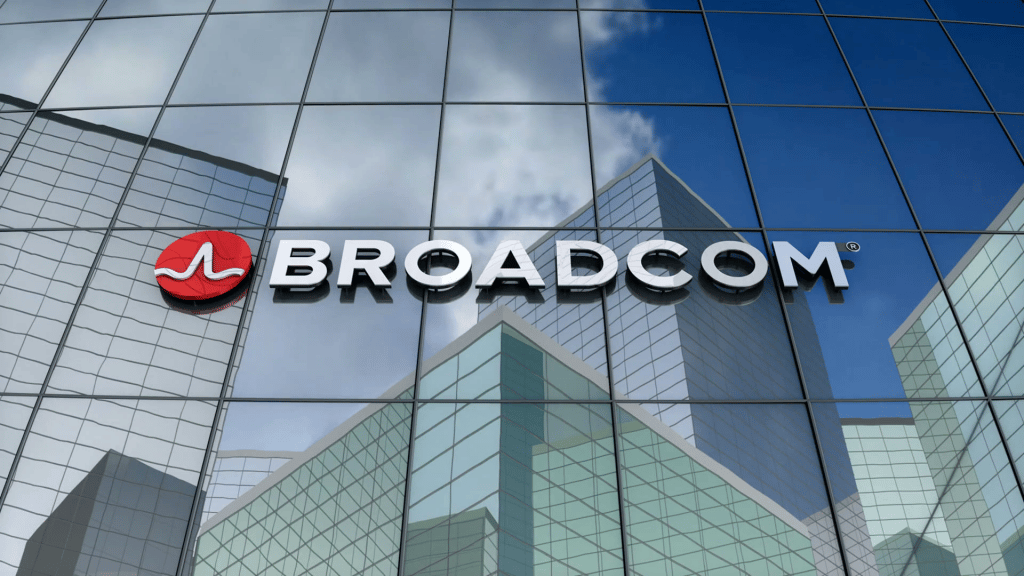
Software-Defined Networking and the Enterprise

Traditional enterprises are starting to feel the heat from cloud-native start-ups, or at the very least are concerned about potential disruption to their business models to the point that it is affecting their data center plans.
How else to explain the steady erosion of hardware deployments in favor of advanced, software-based infrastructure?
According to MarketsandMarkets, the software-defined anything market is growing at about 31 percent per year, which will give it a total value of about $28 billion by 2022. The key drivers are well-known by now: lower costs, greater flexibility, and dynamic provisioning of data resources but with the ability to centralize key elements like security and compliance. The growth of SDx technology, which covers everything from networking and storage to end-to-end data center platforms, is expected to affect a wealth of industry verticals and will boost key IT segments like development, integration and services, with both North America and the APAC region seeing the highest levels of activity.
Compare that with what IDC is reporting for traditional hardware systems like storage and servers. Third quarter factory revenue for storage systems was down 3.2 percent even as capacity jumped by about a third to 44.3 exabytes. This is largely due to the hyperscale industry’s preference for customized software-based storage architectures sitting on commodity ODM devices instead of the highly integrated systems that have fed the coffers of firms like Dell and HPE over the years. At the same time, server revenue declined by 7 percent on a 4.6 percent drop in shipments, with much of the activity surrounding maintenance as opposed to new deployments.
It’s hard to argue for yet another hardware build-out when all the capacity the enterprise needs can be more easily captured through a cloud-facing software architecture, says BizTech’s Phil Goldstein. For small business in particular, the software-defined data center (SDDC) provides as much scale as the Fortune 100 enjoy, but at much lower cost and only when data loads demand it. At the same time, software architectures draw less power and can accommodate the mobile-facing, digital processes and services that are upending the competitive landscape – essentially leveling the playing field between well-heeled entrenched interests and those who are challenging the status quo.
The secret spice in software-defined architectures, of course, is automation. Abstract constructs are much easier to reconfigure than hardware ones, which means automated management stacks can drill far deeper into the operational needs of data and applications to create optimal environmental conditions on the fly. As Transparency Market Research noted recently, automation and the SDDC will go hand-in-hand as traditional hardware resources like servers and storage shift to a service-based deployment model. A key element in this trend, however, is the need for automation software to become hardware-agnostic, which will provide compatibility not only with the plethora of systems that exist in the legacy data center and in the cloud, but with the diversity of user devices that populate the mobile workforce.
In 2011, Netscape co-founder Marc Andreessen warned us that software was eating the world. For today’s data center, it is a reality that can no longer be ignored.
Arthur Cole writes about infrastructure for IT Business Edge. Cole has been covering the high-tech media and computing industries for more than 20 years, having served as editor of TV Technology, Video Technology News, Internet News and Multimedia Weekly. His contributions have appeared in Communications Today and Enterprise Networking Planet and as web content for numerous high-tech clients like TwinStrata and Carpathia. Follow Art on Twitter @acole602.











